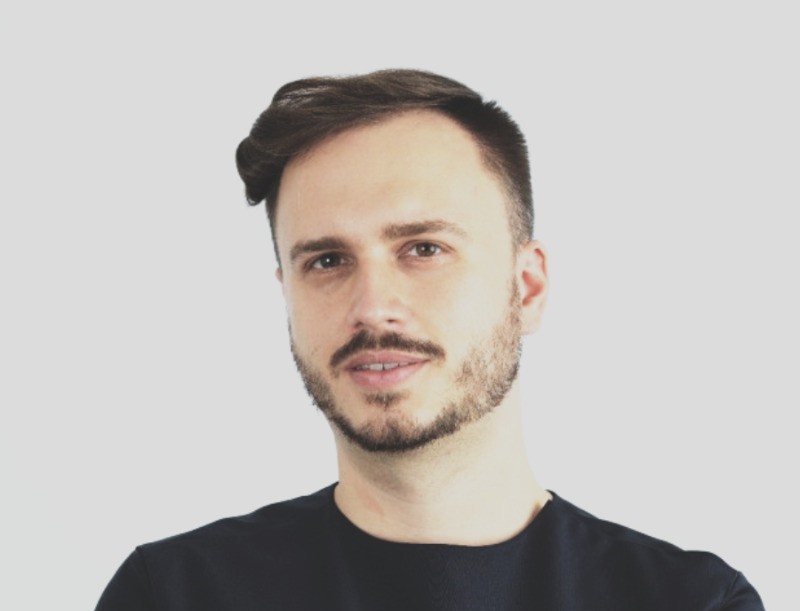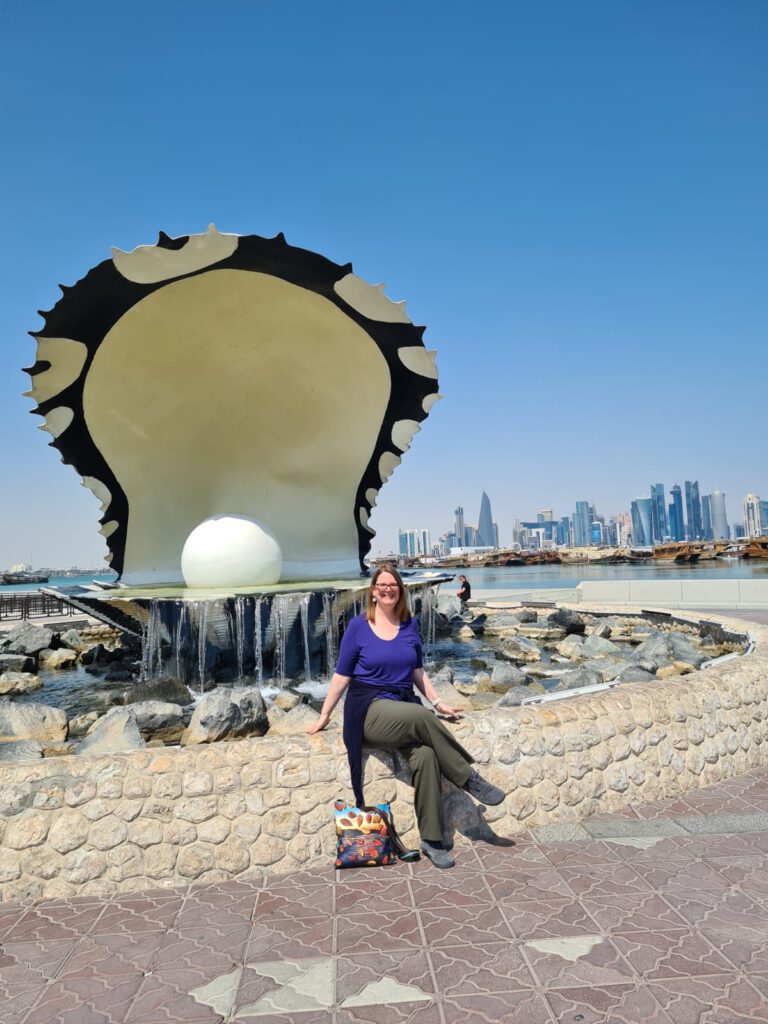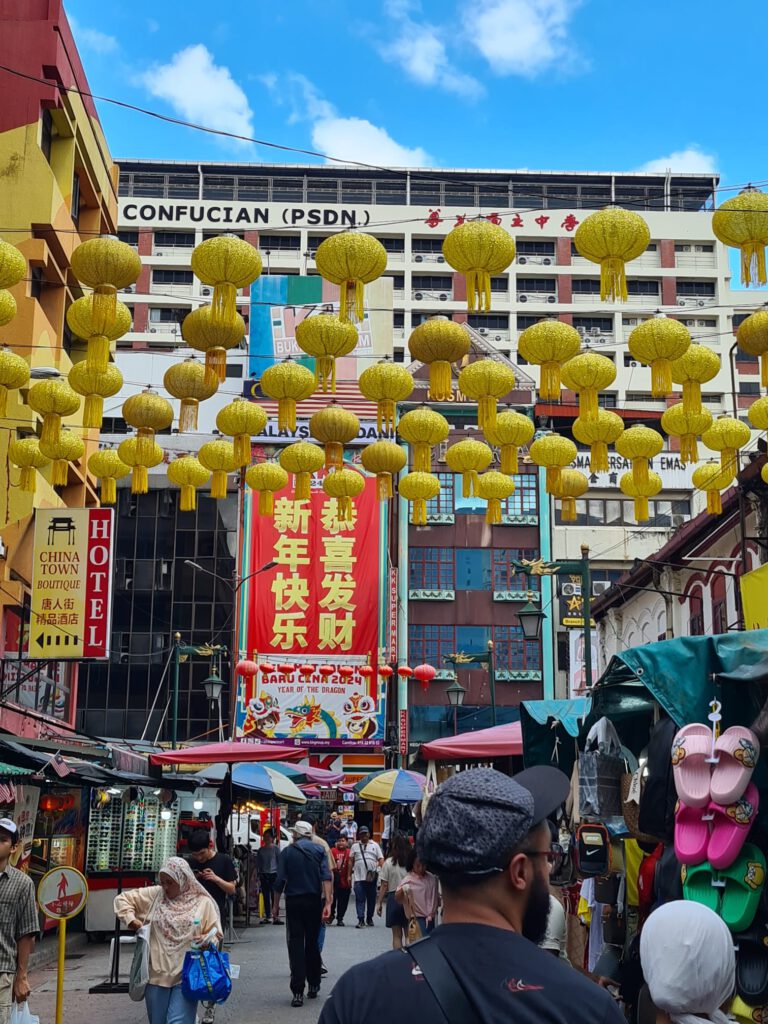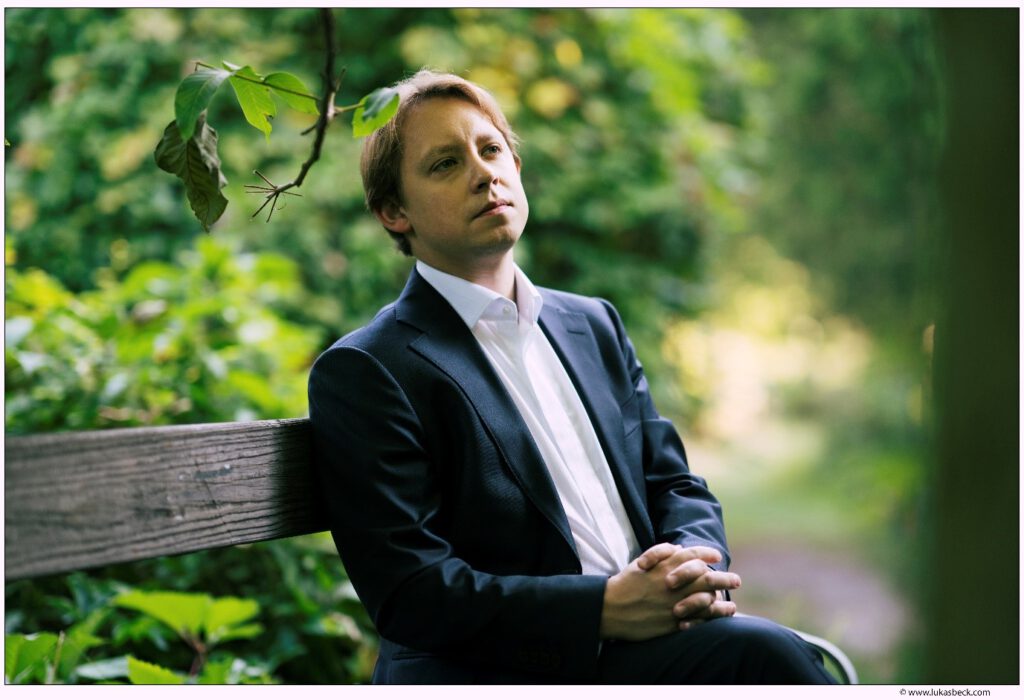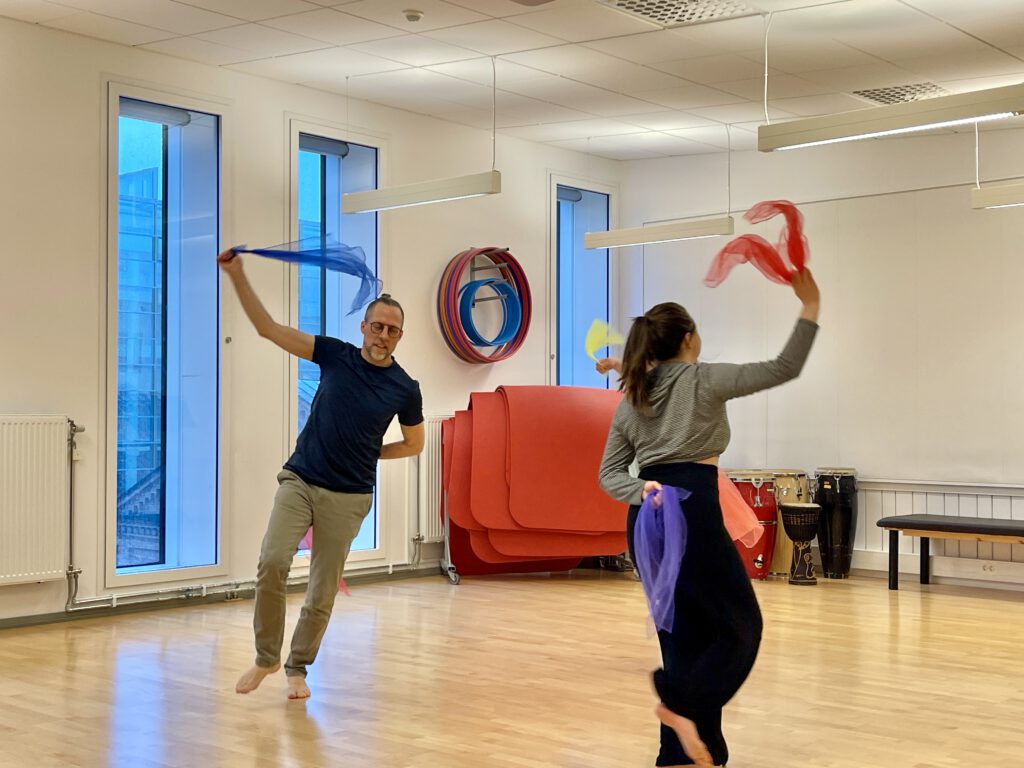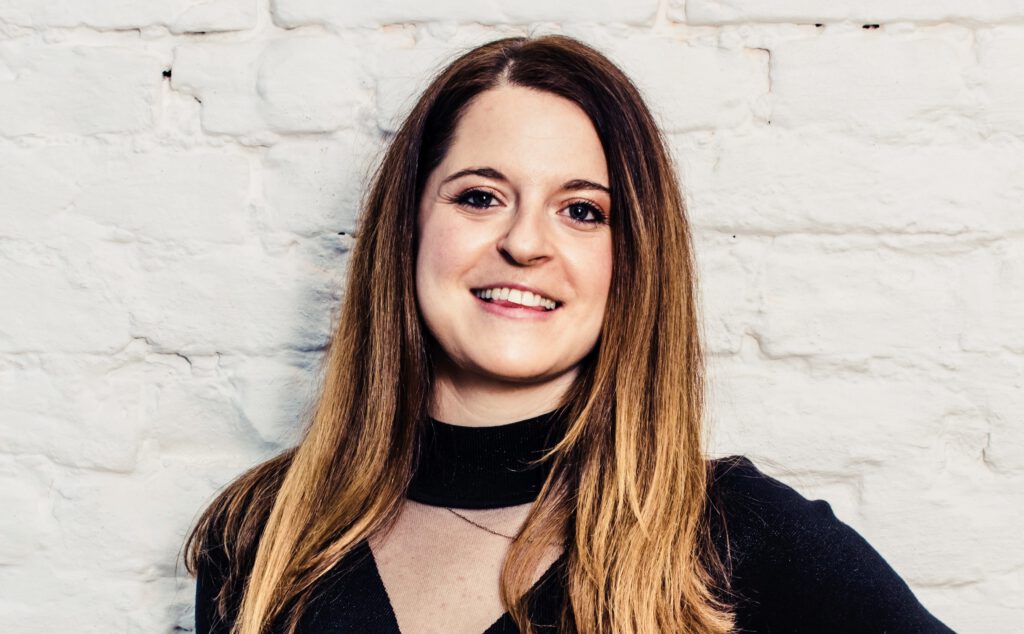Erasmus+ projects in Russia have until now been less frequent than in other countries, which makes it particularly pleasant to look back on the successful new joint project by the mdw and the St. Petersburg State Conservatory.
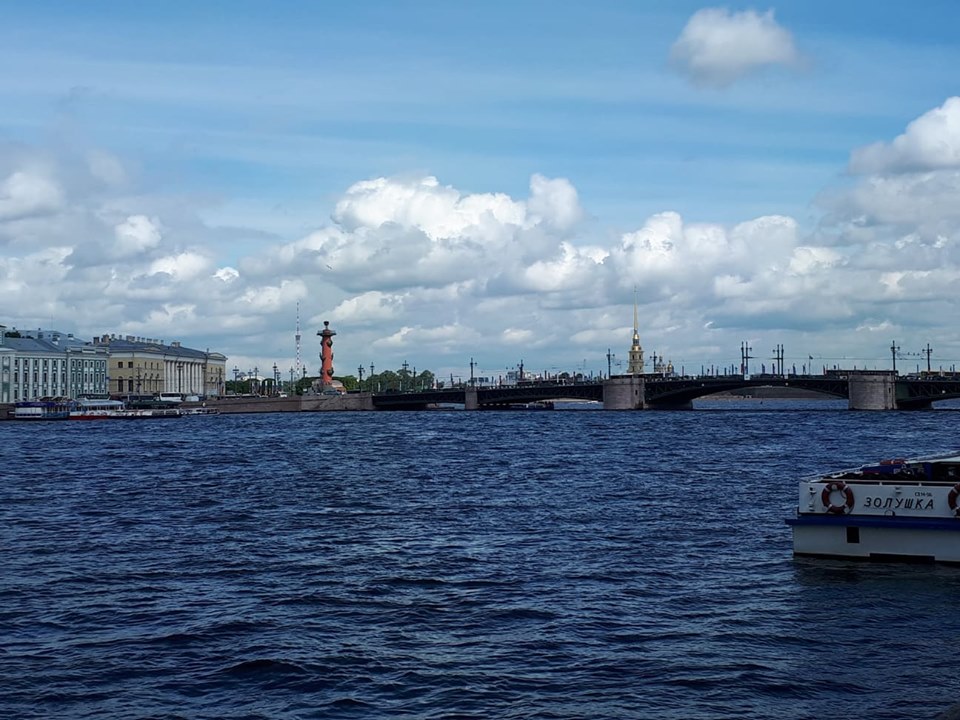
Why Russia?
Is it because of the language or the writing system that mobility to Russia has been the exception up until now? It is definitely not because of the people, for I have seldom experienced such warm-heartedness and enthusiasm as I encountered with the students in St. Petersburg. Now, this perhaps has something to do with the fact that I was already very familiar with the city from previous visits. And friendships of many years also contribute to feeling at home, of course. But I can also recall my first stay here eleven years ago, when everything was totally new for me. And it is precisely this warmth and enthusiasm that has attracted me to Russia ever since. So I did not hesitate when I heard that Erasmus+ now also included Russia: I soon partnered with Anita Taschler from the International Office to organise a joint project with the St. Petersburg Conservatory.
Russia and music physiology
Music physiology is an area that has been largely unknown in much of Russia up to now. This is actually difficult to imagine in light of the high artistic level here and the great number of world-class musicians that Russia and the former Soviet Union have been producing for centuries. But this is the reality.
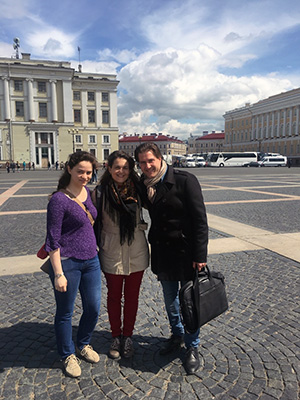
For musicians who develop pain or other problems relating to playing, such as stage fright, there are no therapies or specific classes available at the music-education institutions. This situation is reminiscent of that in Europe fifty years ago, when musicians either coped with the demands of their instrument or were forced to give up their musical careers due to their problems.
In Europe itself, music physiology has been present in its scientific and systematic form only since the mid-1970s, and primarily in the music universities and academies of Germany, Austria, and Switzerland. In terms of staff, the mdw has one of the largest departments. Thus, the students here benefit from an extensive range of subjects, including relaxation training, respiratory physiology, body work, movement analysis with the instrument, mental training, audition coaching, and research work. The goals of music physiology are multifarious but can be roughly divided into the two areas of prevention/performance optimisation and the alleviation of pain and playing-related ailments.
The area of acute pain, in particular, represents a great challenge for students and teachers alike. If only a slight sense of unease or tension can lead to a change in the muscle tone and thus also to an altered feeling while playing, tangible pain or an inflammation of muscles and tendons can render a high level of playing impossible. At the mdw, students can in these cases immediately turn to the Department of Music Physiology, where they receive comprehensive support. At the conservatories in Russia, on the other hand, they are left completely on their own. In view of the many talented musicians who practise daily while in constant pain, it is a matter very close to my heart to make the opportunities that music physiology offers better known in Russia.
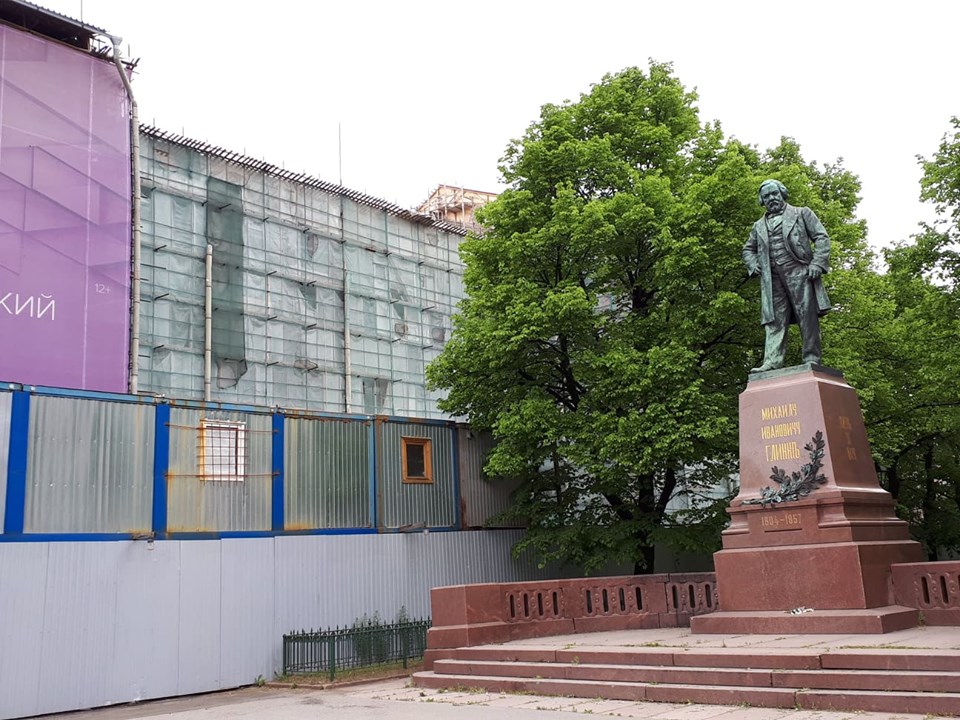
The “Teacher Training Music Physiology” project
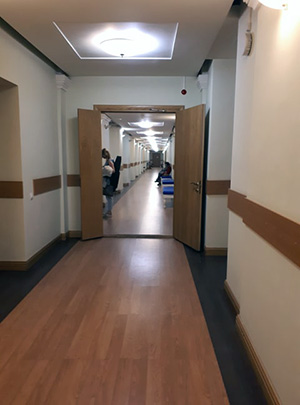
So what does an exchange project look like in which the subject is taught at only one of the two partner universities? In my case, instead of a conventional exchange, a kind of “teacher training” was conducted. Two professors from the St. Petersburg Conservatory – a teacher of piano chamber music and a violin teacher – came to the mdw in March 2019 in order to visit the various music physiology classes taught here and to familiarise themselves with the practical applications of this subject. Another goal was for the Russian colleagues to learn small, simple exercises that they could then use with their students back home.
I then went to St. Petersburg myself at the end of May for five days to teach the students and to supervise the instrumental instruction of the two participating professors.
During the Russian colleagues’ stay in Vienna as well as in the course of my activities in St. Petersburg, many and diverse differences in teaching and practice became apparent that were very interesting to observe.
Teaching
For my part, I observed that instrumental instruction in Russia is in general much more hierarchical in nature than in Europe. Furthermore, Russian teachers waste no time with superfluous chatter and get right to the point. Feedback – both positive and negative – is also expressed in an extremely direct manner. For Europeans, this sometimes seems harsh, but with ambitious musicians it results in a higher level of performance and rapid progress.
But in the teaching of music physiology, precisely this behaviour is not particularly beneficial. For here, the focus is on feeling, trying out, waiting, and allowing for other stress conditions. Delivering a perfect performance regardless of the cost is antithetical to the work of music physiology. But people who are not used to being allowed to make mistakes during their lessons because they are part of the learning process are, of course, initially confused by this. In Russia, some students were afraid of embarrassing themselves in front of their fellow students. This fear quickly dissipated, however, when they realised that the path to achieving their goal is simply a different one – and especially when they see that the lecturer herself sometimes stands in front of them in her socks or lies down on a mat on the floor to demonstrate an exercise!
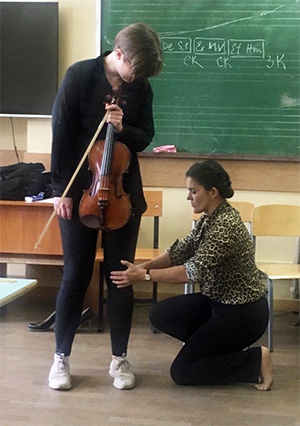
In general, in Russia, goals are pursued with great determination and earnestness. This applies to practising as well. Experiencing pain while playing is often seen as a personal failure – it signifies that one has not practised sufficiently and therefore must keep practising. This is a vicious circle that can only be ended very gradually, as traditions here are very strong. And these traditions are by no means bad, as is evidenced by the great number of successful musicians in this country. But one cannot put endless demands on one’s body, even if the spirit is willing. In teaching in Russia, a great deal of sensitivity was required in illustrating the balance between performance and relaxation. Perhaps the great capacity for suffering and endless patience attributed to the Russians also play a role here in explaining why pain is endured for so long and that few people seemed to have an interest in regeneration or a feeling of wellness while playing.
But what many people did indeed have a great interest in, was the subject matter I was presenting, which is otherwise not available to students there. However, the interest was largely on the part of students who already were experiencing problems in this regard. I could as yet not see much interest in prevention, or any recognition that through music physiological exercises, one could improve one’s playing. This was evident in the administration and in the way the project was officially presented. Despite my explanations, the organisers of the event simply could not imagine that one could teach a lesson that incorporated work with the instrument as well as body work. This brought back vivid memories of the beginnings of my teaching career twenty years ago. But the excellently prepared students and guests, some who came from far-off cities to sit in on the classes, more than made up for this minor inflexibility.
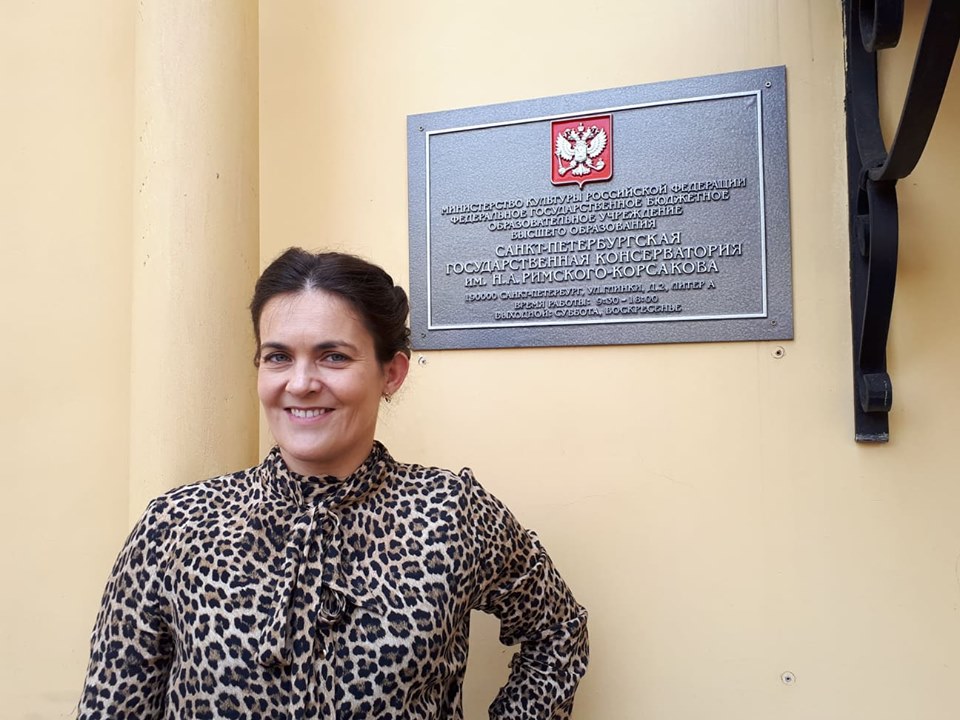
The city
What words should one choose to describe this wonderful city – the former capital of the Russian Empire and now the cultural capital of Russia? Right now, even at night it is not completely dark, and one can stroll for hours along the canals and past the beautifully lighted buildings. A highlight, of course, is the opening of the bridges at about 1 a.m., when entire parts of the city are cut off from each other for a time. It is no wonder that the period of the “White Nights” is a favourite season for tourists to visit St. Petersburg. The city is accordingly busy at this time, especially in the area of the Hermitage, Palace Square, and Nevsky Prospekt.
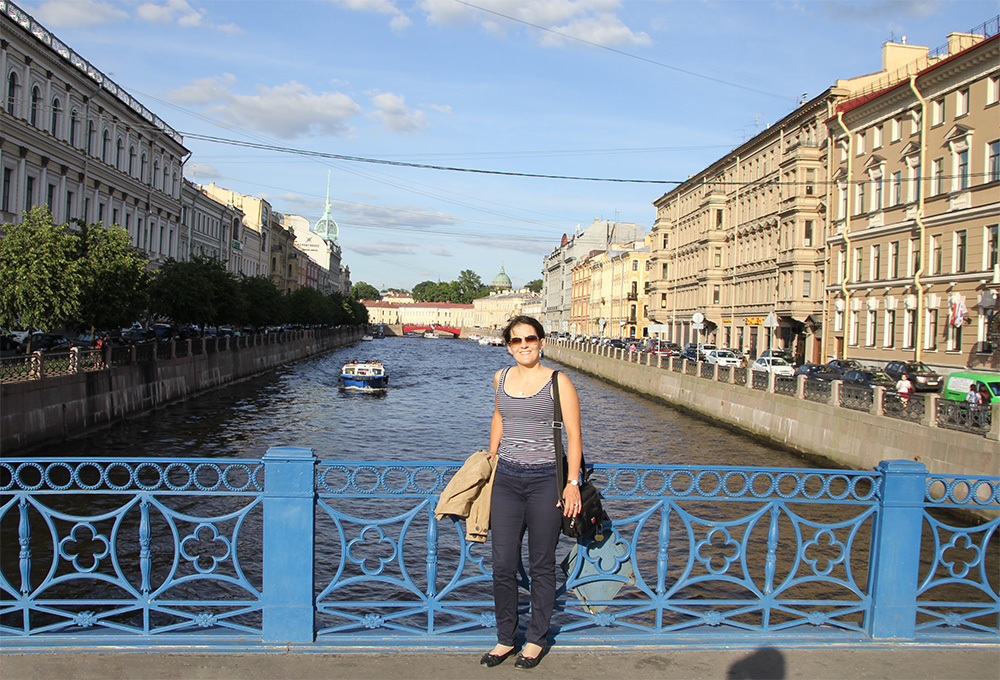
Because of my many previous visits, however, I know the city relatively well and could forego the usual sightseeing programme and instead spend time with my friends and students in coffeehouses engaging in interesting conversations.
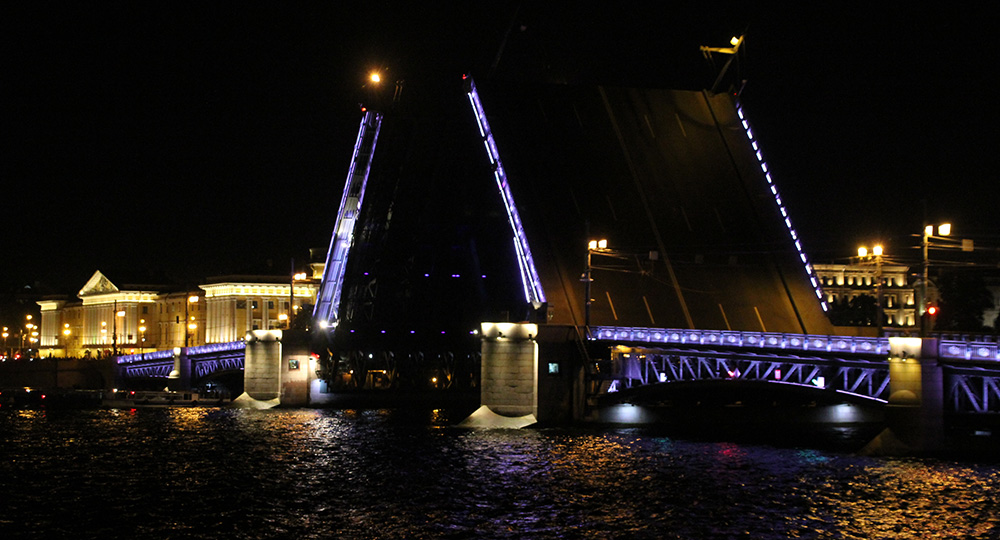
I also devoted myself to a favourite Russian pastime: walking! And one can do this nearly endlessly against this beautiful backdrop of parks, palaces, and the residences of famous writers, composers, and rulers.
Are you a mdw teacher and interested in teaching in one of our partner institutions outside Europe?

